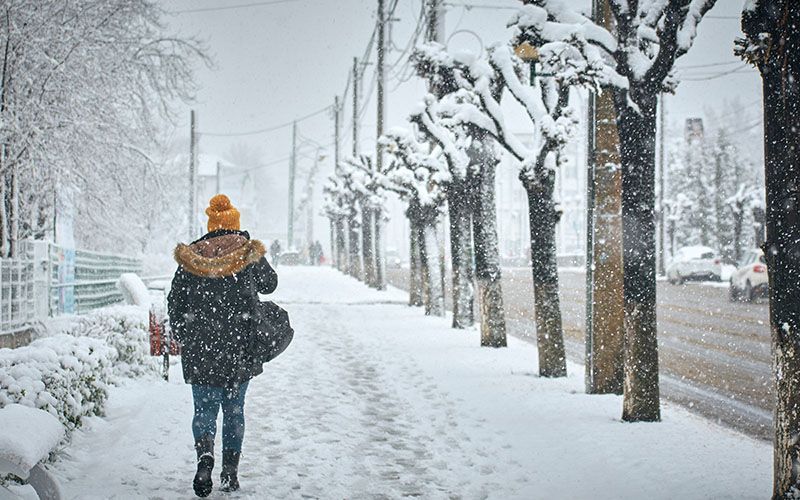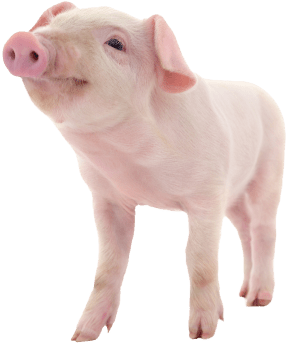
The Ins & Outs Of Choosing the Right Insulated Outerwear
|
|
Time to read 6 min
 You are being redirected to QC Supply Pharmacy, where you’ll find a wide selection of high-quality prescription and pharmaceutical products for animals of all sizes.
Enjoy the same great service and expertise you trust from QC Supply.
Click below to continue shopping.
Continue
No thanks, stay on the main site
Powered by
You are being redirected to QC Supply Pharmacy, where you’ll find a wide selection of high-quality prescription and pharmaceutical products for animals of all sizes.
Enjoy the same great service and expertise you trust from QC Supply.
Click below to continue shopping.
Continue
No thanks, stay on the main site
Powered by


|
|
Time to read 6 min
For anyone who lives in an area where winters get cold, you know the importance of a good insulated coat. Maybe you don't live where it snows and gets cold, but you plan on visiting soon. Either way, choosing the right insulated outerwear doesn't have to be a daunting task. From choosing the right insulation type to knowing what features you'll want to look for, we've got you covered!
The main factors you should examine when shopping for insulated jackets, coats, or bibs are the type of insulation and the jacket features. The insulation type is important and will determine how well the piece will retain warmth and handle wet conditions ... and how well it will pack. What you are planning on doing outdoors should also factor into what type of insulated outer wear you look for. Features that are important in a winter coat include a hood, vents, pockets, and adjustments.
Don't rely on a temperature rating to choose a piece of outerwear. A jacket rated to be warm at a given temperature in dry, still air isn't likely to keep you warm at that same temperature in howling wind or wet conditions. It's impossible to account for variables like wind, rain, humidity, exertion level, and personal metabolism; all of this makes temperature ratings on jackets incorrect most of the time.
Weight and packability may factor into your decision depending on your needs or plans, meaning you are looking for one that is as light as possible. For backpackers, ski tourers, bike-packers, and others these needs can often come ahead of any other feature of a jacket. Down jackets with 800+ fill are the most compressible, making them a good match for those trying to travel fast and light. If you need a coat or jacket for every-day wear or more casual outings, this is less of a concern.
The overriding principle at work in insulated jackets, sleeping bags, gloves, or any other insulated apparel is the same: air is trapped in the small spaces between the filaments of down or strands of polyester, providing warmth in cold conditions. Loftier/puffier materials contain more air and offer a greater warmth-to-weight ratio.
Overall, down insulation is lighter, more compressible, and longer-lasting, but comes at a higher price point. On the other side of the (insulated) coin, synthetic insulation materials are slightly heavier, slightly less compressible, and wear out a bit quicker...but they tend to be less expensive than down and will insulate you better if you get wet.
Made from the plumules, or down feathers of ducks, geese, or other waterfowl, down insulation provides the most warmth for the least weight and bulk, as long as you keep it dry!
At their core, all synthetics use some form of compressible, water-repellent fibers...past that, there is a vast range of branded technologies. Innovations are rapid and the performance gap with down is shrinking. One thing to remember is just because the clothing item is puffier, doesn't mean it is warmer; superfine fibers in the insulation can create slim-yet-warm jackets.
Facts About Synthetic Insulation
Hybrid Insulation
Facts About Down/Synthetic Insulation
Facts About Wool/Synthetic Insulation
Which Features Do I Need?
From different hoods to types of pockets or maybe just how the coat is closed up, the sheer amount of features can be more daunting than choosing how much or what kind of insulation you need or want.
3-in-1 Design
Typically found in coats or jackets, this feature has an integrated mid-layer and an outer shell that zips together or attaches via a few tabs. It allows you to wear the mid-layer alone, the outer shell alone, or both pieces together. The insulation in the mid-layer will vary from the insulations we've already talked about, to a fleece or wool liner jacket. The outer shell is where the bulk of the warmth will lie and will be water-resistant, or offer full-blown waterproof/breathable coverage
Waterproof Construction
Anyone who has worked or played in the snow can tell you how much getting wet can slow things down, making a water-resistant or waterproof/breathable fabric important. This type of shell is more expensive but means you won't have to have (and/or pack) both a coat and a separate rain shell.
Hood
While some people prefer a hoodless jacket for the weight savings and ease of packing and just take a winter stocking cap along, sometimes having a built-in "hat" is better. Some hoods are detachable or will zip inside the collar of the coat or jacket. Some hoods are insulated for extra warmth.
Adjustment Features
Pockets
Vents
Primarily found on rain jackets, some insulated coats include underarm vents and/or core vents that help when your exertion levels rise. You'll find vents more often when the piece of insulated clothing has a waterproof/breathable shell.
Hopefully, we've helped make your decision a little easier. From coats and jackets to bibs and overalls and even gloves and hats, the number of choices, features, and types can make this choice feel overwhelming to even the most experienced shopper. Find our selection of insulated outerwear here.
Did we miss anything? Got some tips of your own to share, or personal experiences that may make someone else's decision a little easier? Leave them here below in the comments section.